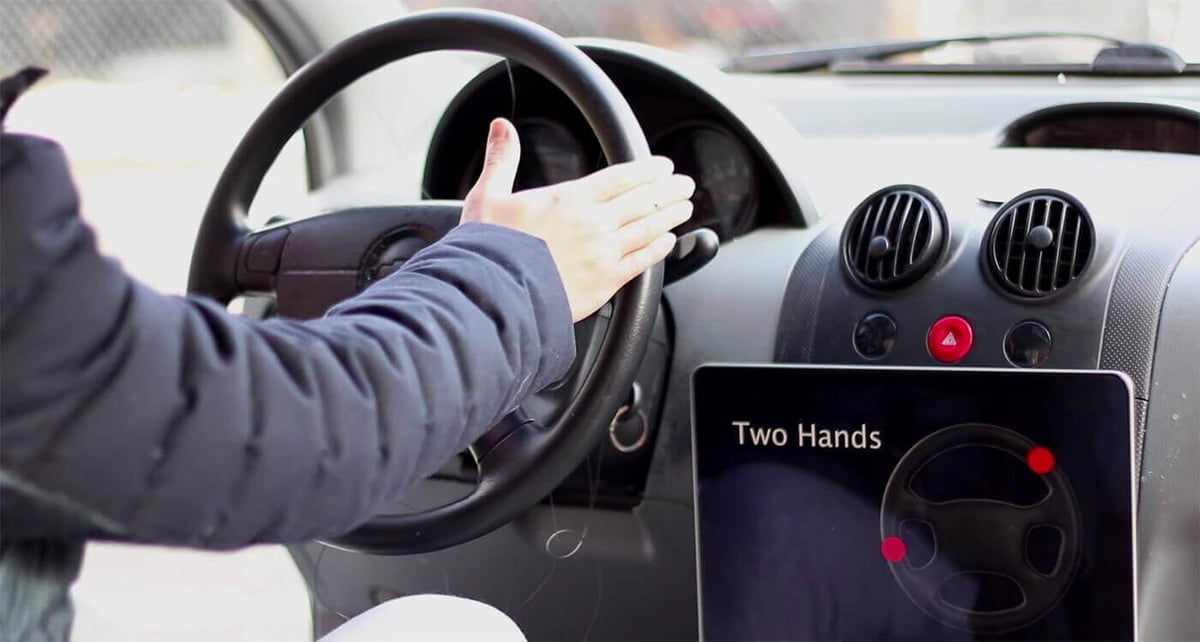Electrick is a new technique developed by students from Carnegie Mellon University which can turn anything into a touch sensor.
Touch screens are nothing new in this day and age. But, as common as this technology is, it’s currently pretty limited to just relatively small shapes and flat surfaces.
However, students from Carnegie Mellon University have developed a new technique which can change this. The team consists of students from The Future Interfaces Group (FIG), an interdisciplinary research lab in the Human-Computer Interaction Institute.
Their new method is called Electrick and it can add touch controls to anything. Ph.D. student Yang Zhang and his team are behind the technique which is currently on display at the Conference on Human Factors in Computing Systems in Denver.
The way their new technique works is to simply spray an object with a conductive coating. Next, apply electrodes to the outside of the object and link this up to a USB device. This USB can then relay the information to a computer.
The process is based on electric field tomography. The surrounding electrodes have one adjacent pair of electrodes which adds a small current to the surface.
The system can detect interruptions in the currents from the electrodes. Then, a computer can track and show this interruption. As well as this, an overcoat can be applied and the process will still work. Check out the video to see some uses for Electrick.
Electrick Offers a Range of Uses – Including Bringing 3D Printed Objects to Life
The benefits of Electrick are that it’s low-cost and extremely simple to use. To demonstrate the capabilities of the technique, the team suggests a varying range of uses.
- For example, the process can aid 3D printed prototypes developed from conductive filaments. Electrick could make it simple to modify 3D printed objects which require a touch sensor interface. Therefore it will become much easier and faster to test prototypes, as you don’t have to implement actual electronics to the 3D printed object.
- As well as this, the team developed a guitar which has electrodes connected to effect pedals on its body, controlled by the spray touch controls. You can then change the sounds of the guitar, add controls for a stomp box, use the a virtual whammy bar or other sound-changing treatments.
- Could the technology also keep drivers safer? Rather than removing your hands from the steering wheel, simply use Electrick to change the station or volume of your radio.
- Other ideas include use in homes. The students showed prototypes of walls which can dim the lights, from a simple hand movement. How about a futuristic keyboard which is an extension of your computer?
However, according to Future Interfaces Group director Chris Harrison, this technology is at least a year away from commercial use. What will you use the technology for when you get your hands on it?
Source: Engadget

License: The text of "Bringing 3D Printed Objects to Life With Spray Painted Touch Controls" by All3DP is licensed under a Creative Commons Attribution 4.0 International License.